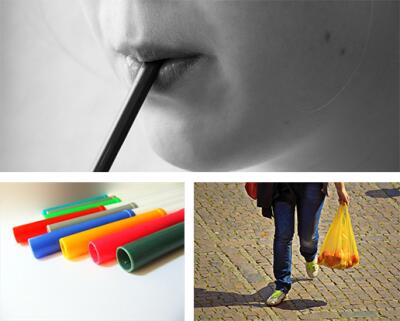This piece was contributed to Planet Aid by Molly Connell of TradeMachines, an online marketplace based out of Berlin, Germany that works to find and sell used machinery at fair value.
The population of Earth is growing rapidly. While in 2000, the global population was only 6 billion, today, this number has increased to 7.5 billion, with a yearly growth rate of over 1%. These numbers show that the Earth has to support a drastically increasing number of people.
Today, humanity uses the equivalent of 1.6 Earths to provide the resources we use and to absorb our waste. The only way we can continue with the same amount of people is if we pay more attention to our ecological footprint by living a more sustainable life.
A major issue our planet faces is plastic waste. We use plastic in all aspects of our life. Just think about it, how many times do you use plastic each day? It is used in the packaging of the groceries we buy and it is in the plastic pen we use to write. Many of our clothes contain plastic, not mention the electronics we use.

Plastic is an interesting material: although most plastics (propylene) are made from petroleum, which originates from once living organisms, through certain processes, becomes unrecognizable by organisms, making it non-biodegradable. This means once plastic is produced, it'll be present on Earth forever, in one form or another. It might break down into microscopic pieces, it might be underground, but the problem still won't be solved.
While recycling is helpful, the EPA advises us to explore the options of reusing and reducing before turning to recycling because it minimizes the resources used in the waste management process.
How Can We Reduce Plastic Waste?
Our first thought might be that reducing plastic waste is difficult and it will limit us. Eliminating plastic entirely from our lives takes effort, but there are ways one can significantly reduce plastic consumption. The Green Education Foundation created a list of suggestions for reducing single-use plastics. For example, avoiding plastic bags when shopping or not using a straw for your drink at a restaurant. Also, not buying chewing gum, which is also made from synthetic rubber, can help a lot. Along with these options, reducing our consumption of bottled water is an effective way to reduce plastic waste.
Consumption Problem in America
The average American drinks about 36.5 gallons of bottled water a year. Only about 30% of the plastic bottles are recycled and about 18.8 billion bottles end up in landfills and oceans.
Many people use bottled water because it is an easy way to have fresh, clean, cold water on-hand at all times. Tap water doesn't always have the clean, refreshing taste that filtered bottled water does, and it's not always easy to find a water fountain when you're out and about going through life. Instead of buying water bottles, invest in a water filtration pitcher or a sink-mount water filter. When you're on the go, just use the pitcher or filter to fill a reusable water bottle. For parties and other events in which you'd normally provide water bottles, fill a drink dispenser with filtered water and provide reusable cups for your guests.
To learn more about what type of problems the bottled water industry causes, take a look at the infographic. We all should try to reduce our plastic waste and finding alternative solutions to using bottled water is a step in the right direction!
